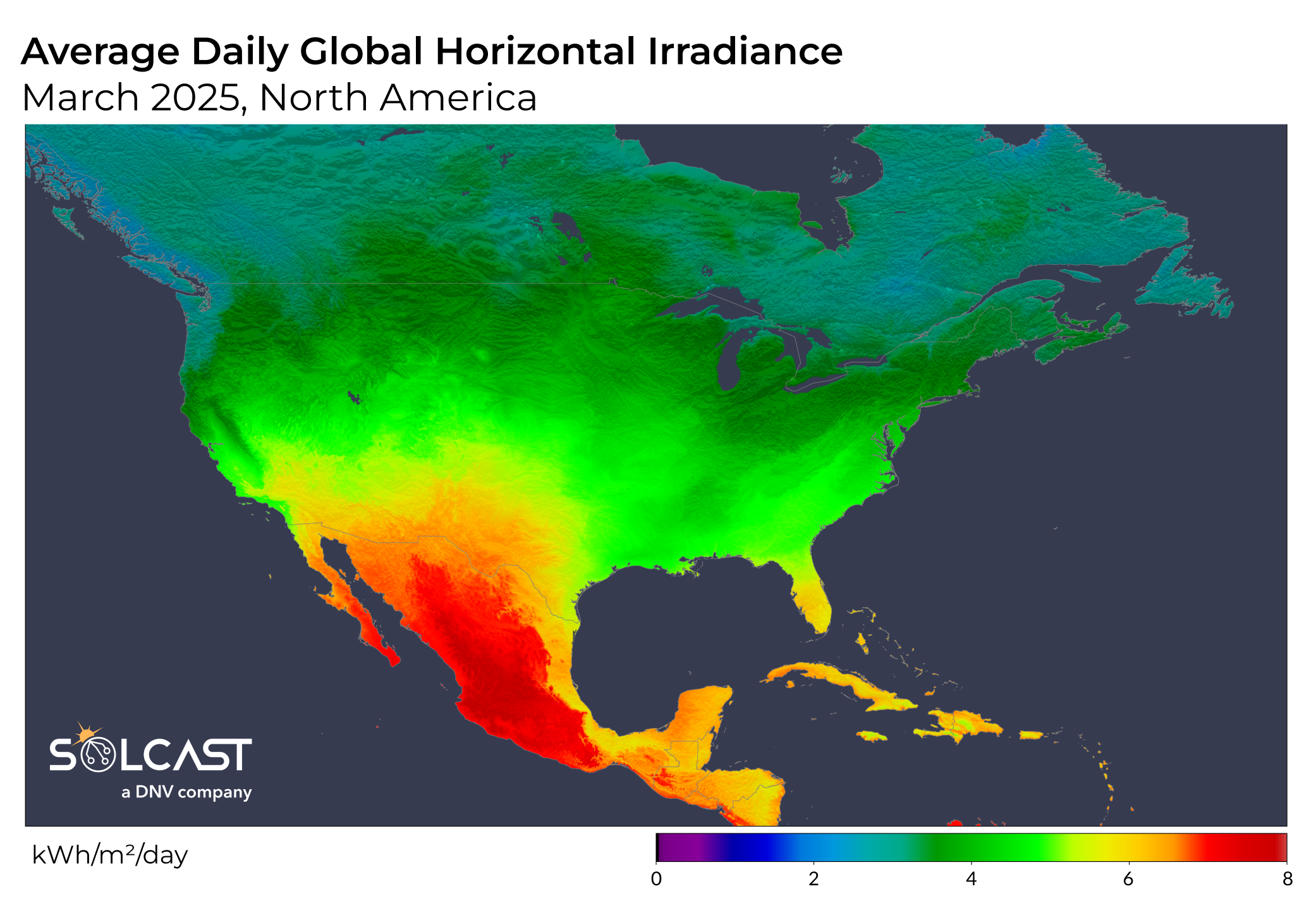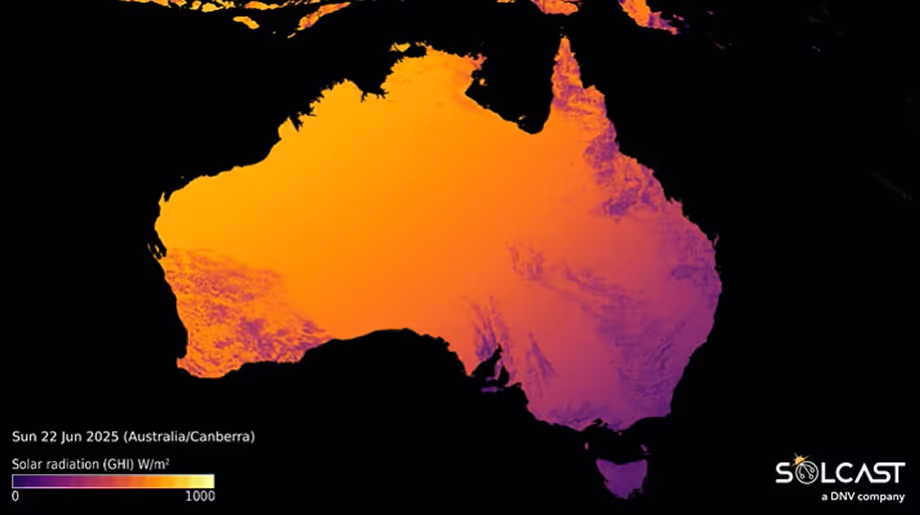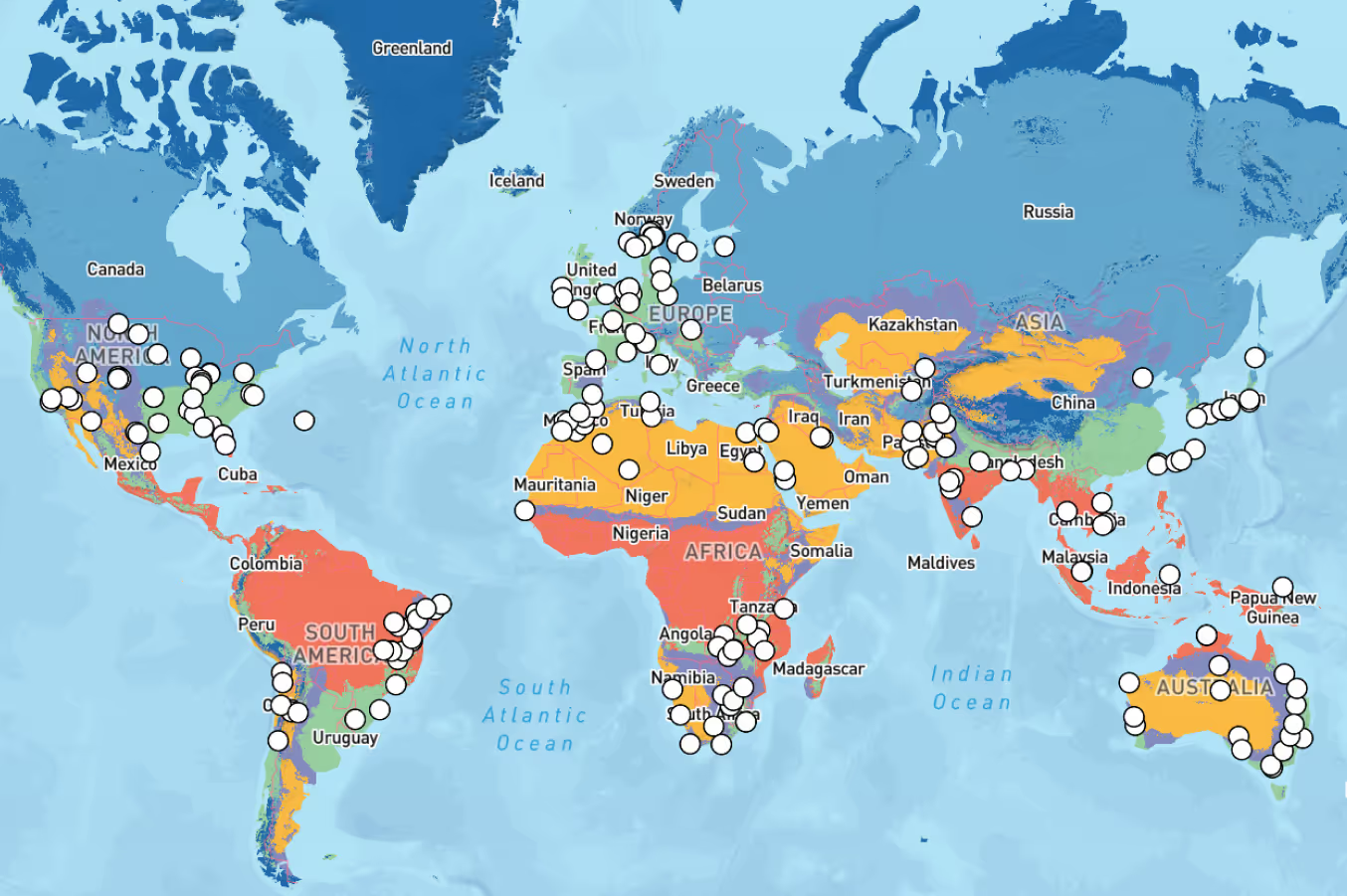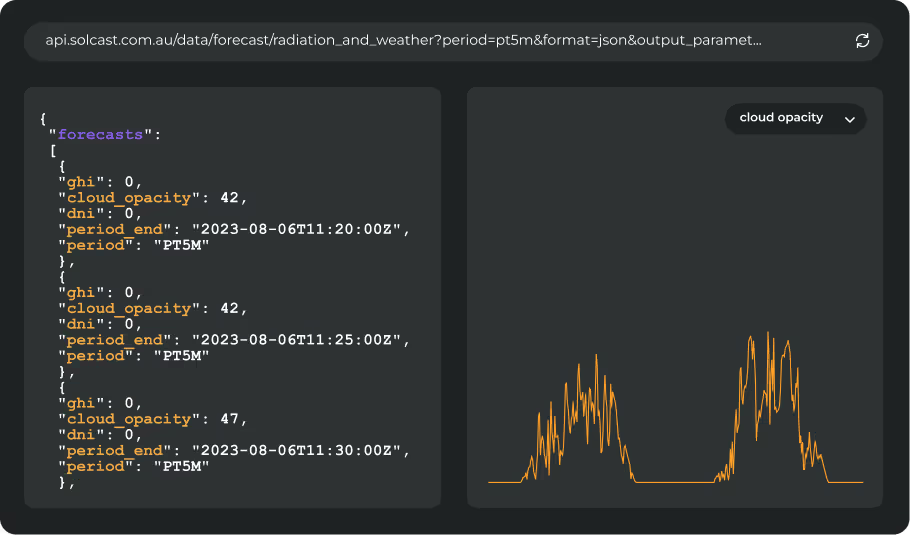March brought above-average irradiance to much of North America, with the US South, Central America, and parts of the Midwest seeing significant gains. However, this sunny condition was not seen everywhere. Solar producers in Canada and across the western US, including the large solar installations in California, Arizona and Nevada experienced diminished irradiance, in some cases substantially below normal. This month’s pattern reflects a split across the continent, with storm activity dropping irradiance on the West coast and high pressure systems keeping the East clear and dry.
.png)
In the US South and Midwest, irradiance surged far above the March norm. Southern Texas stood out with irradiance reaching 30% above average, while broader swathes of the Southern states have seen increases of 20% or more. Even those regions that ‘missed out’ recorded irradiance anomalies between 10% and 20% above climatology. These clear sky conditions coincided with significantly lower precipitation, intensifying existing drought concerns in the Great Plains. Though March is typically a transitional month prone to volatility, this year was particularly active. High temperatures and frequent storm development contributed to an environment that favored persistent sunshine over cloud-forming moisture in these regions.

In contrast, much of the US West and Canada were marked by lower-than-average solar irradiance. Most of this region saw irradiance 10% below average in southern areas, with some northern areas dipping by as much as 20%. Canada was particularly affected, with Quebec seeing anomalies approaching 30% below average. Pressure patterns high in the atmosphere showed signs of a colder, stormier air mass over the Northern U.S. and Canada due to a jet stream dip. This configuration allowed Pacific moisture to push deep inland, resulting in widespread cloud cover. In the Atlantic, a strong Azores high and a potentially positive phase of the North Atlantic Oscillation (NAO) may have played a role by redirecting storm tracks and reinforcing persistent cloud cover over the northeast.
Meanwhile, Central America benefitted from generally clear skies. Irradiance was slightly above average across the entire region, with northeastern Mexico experiencing a notable spike of 30% above the March norm. This increase appears linked to high pressure over the Pacific, which brought northerly winds funneling dry air from the Chihuahuan Desert southward.
Track weather conditions, cloud movements, and irradiance-influencing factors that impact your solar generation. Access bankable actuals and accurate forecasts when you sign up for a Solcast API toolkit. You can reach out to our team for an extended trial.










.avif)


